International Day for the Remembrance of the Slave Trade and Its Abolition Lesson Plan
Share the importance of the remembrance of the abolition of the slave trade with your students. Bring classrooms to life with MY HERO's Multimedia Resources and Lesson Plan for Teachers. Includes discussion guide and learning outcome.

Introduction
August 23 was designated by UNESCO to memorialize the transatlantic slave trade.
"The date [of August 23] is significant because, during the night of August 22 to August 23, 1791, on the island of Saint Domingue (now known as Haiti), an uprising began which set forth events which were a major factor in the abolition of the transatlantic slave trade."
Watch this interview with Dread Scott, a revolutionary artist who works to propel history forward with his art, as he discusses his Slave Reenactment Project. Dread Scott's aim is to provide a new way to look at history and relate history to the present. In this case, the reenactment is of the largest rebellion of enslaved people in the US which took place in Louisiana in 1811.
Discussion Questions
1. Why is it important for people to learn about this rebellion of enslaved people in the US which took place in Louisiana in 1811?
2. How does the rebellion of enslaved people relate to present day?
Read the following stories about early abolitionists from England, Sierra Leone and France to learn more about the global fight against slavery. Then read four stories about black abolitionists from the 1800s and consider the discussion questions and activities.
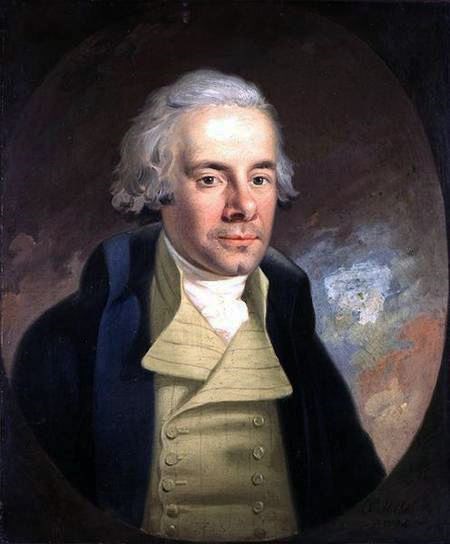
William Wilberforce was a leader of the English abolitionist movement that fought for the abolition of slavery until the passage of the Abolition of the Slave Trade Act in 1807.
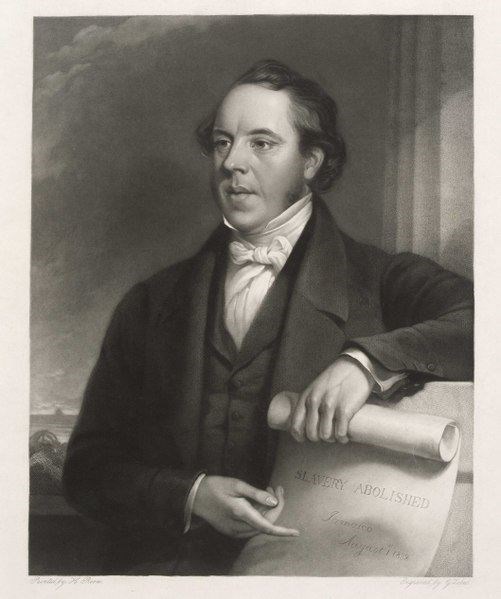
Thomas Clarkson devoted his life to abolishing the slave trade and saw the passage of the Abolition of the Slave Trade Act of 1807 and Slavery Abolition Act in 1833.

Olympe de Gouges was a French playwright, feminist and abolitionist. She was an outspoken critic of the slave trade in the French colonies.
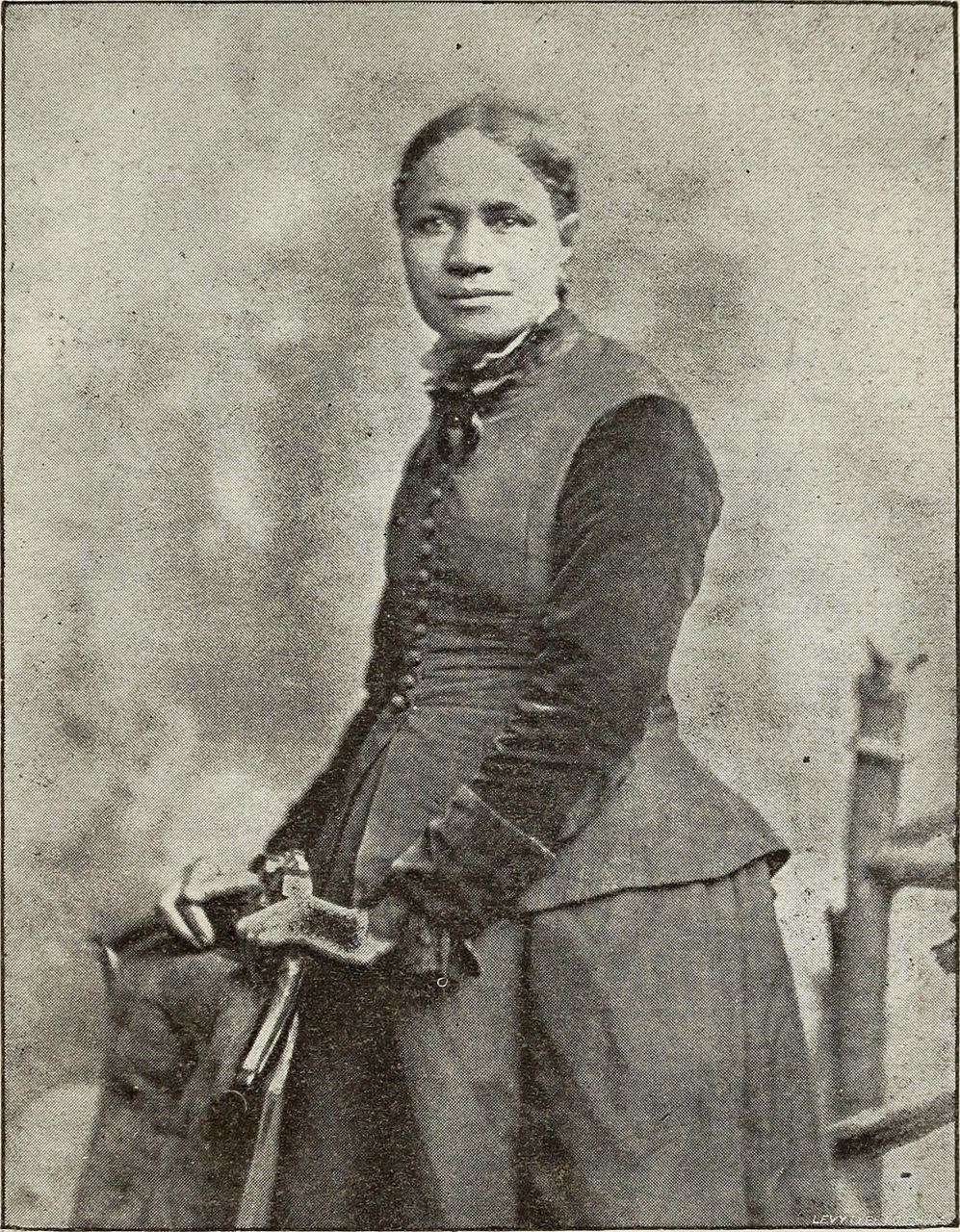
Frances Ellen Watkins was a prolific author and poet who devoted her life to speaking out against slavery.
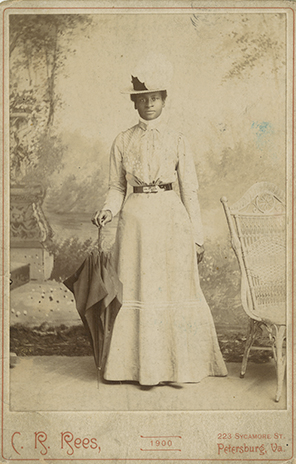
An abolitionist and Union supporter, Mary Richards Bowser became a black spy in the Confederate White House of Jefferson Davis.
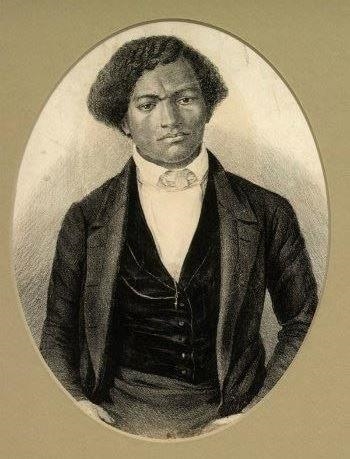
Frederick Douglass had a remarkable life: he was born into slavery but became a statesman. He was a powerful advocate for the Abolitionist and Suffragist movement.

Sojourner Truth was a an abolitionist and women's rights activist who is known for her speech "Ain't I a Woman," delivered to the Ohio Women's Rights Convention.
1. William Wilberforce, Thomas Clarkson, Olympe de Gouges, Granville Sharp, and Thomas Clarkson were early abolitionists. Research early abolitionists. What obstacles did they face trying to end slavery? Were they successful?
2. Research the Abolition of the Slave Trade Act of 1807.
3. Sojourner Truth and Frances Ellen Walkins were advocates for women's rights as well as antislavery. Research other advocates for both women's rights and antislavery. Who inspires you? Share her or his story with MY HERO
4. Slavery still persists. Research this issue. Who is working to end slavery in today's world? Share his or her story with MY HERO.
Analyze this piece of art, Doorway to Freedom, that represents the House of Slaves in the Island of Goree in Africa. Make sure to read the artist's description of his art, what he is representing and the symbolism he is using.
Create a piece of art using symbolism to tell a story and honors a time in history. Include a paragraph explaining your art and the symbolism used.
Analyze these portraits by Robert Shetterly. Pay close attention to the words he used in each painting.
Robert Shetterly created the Amricans Who Tell the Truth portrait project and painted Sojourner Truth as part of his 200+ oil paintings.
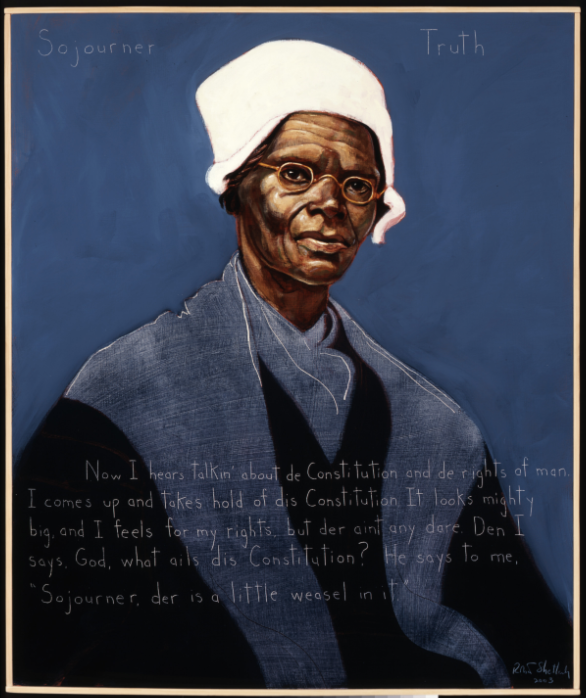
Harriet Tubman's portrait by Robert Shetterly depicts her as a formidable opponent of slavery and an advocate to protect the enslaved.
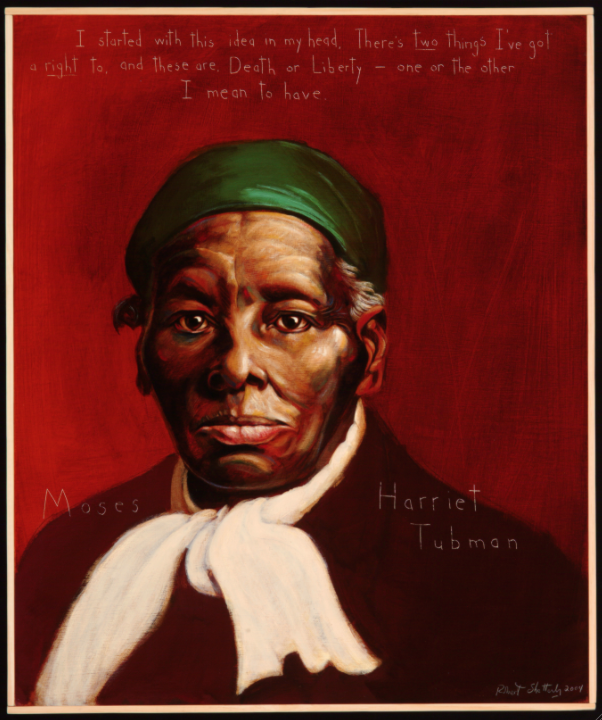
Frederick Douglass is celebrated for his strength, courage and intelligence, in this portrait by Robert Shetterly.
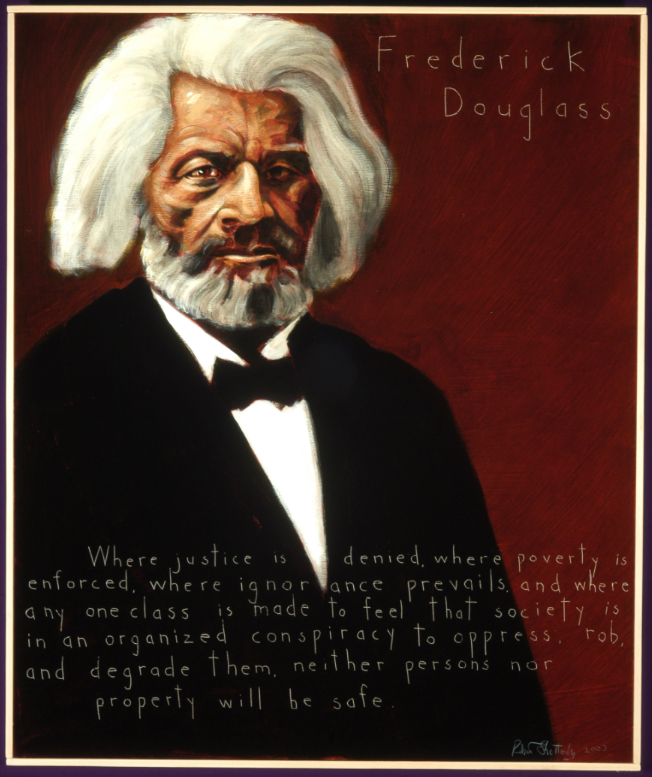
Who is your hero who has fought for freedom and equal rights? Create a piece of art honoring your hero that includes a quote.
MY HERO recommends students watch the films below and consider the discussion questions.
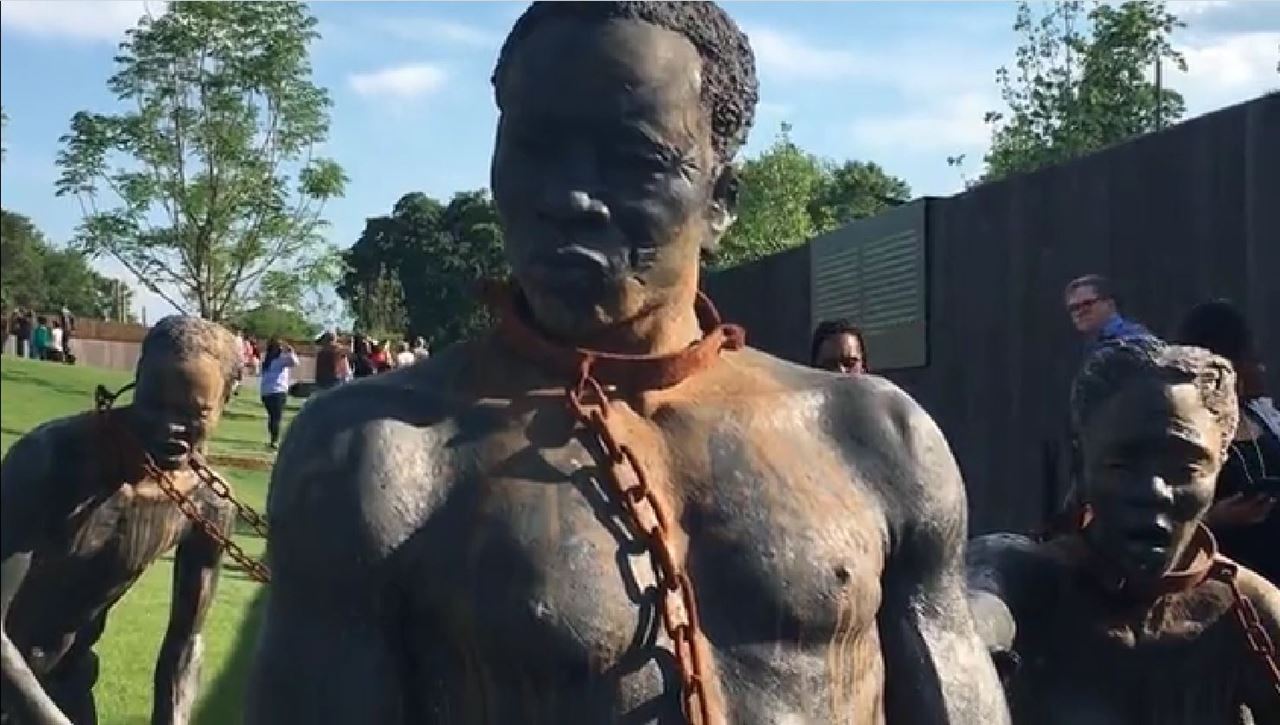
MY HERO Reporter Trey Carlisle reports on the opening of the Equal Justice Initiative's Legacy Museum and National Memorial for Peace and Justice. (5:36 minutes)
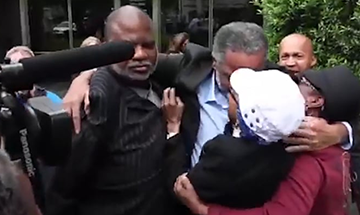
Film: Bryan Stevenson and Equal Justice Initiative litigate cases for the unjustly imprisoned and work to reform the justice system. (4:47 minutes)
1. The Legacy Museum explores America's history of racial inequality and its connection to contemporary issues. Identify issues of racial inequality in today's world.
2. Do you know someone who is working to end racial inequality? Share his or her story with MY HERO.
3. What social justice issue is important to you? What can you do? Create an action plan and share your story with MY HERO.
Audio to Enrich Learning and Understanding
Learning Outcomes
Students will deepen their research and critical thinking skills. They will evaluate current issues of racial injustice. Students have the opportunity to create an action plan to work on a social justice issue important to them.
Outstanding essays submitted to MY HERO will be considered for a certificate/t-shirt prize or be featured on the Story Homepage.
Submit your artwork to be entered in the MY HERO art contest or to be exhibited on our Gallery Homepage.
|
|
The International Day of Remembrance of the Slave Trade lesson plan was created by MY HERO Education Outreach Director Laura Nietzer. |
MY HERO Calendars for use in the Classroom
Links to Related Resources
Students can share their Hero Essays, Films and Art through our Create Program
Organizer created on 7/8/2019 7:13:21 AM by Laura Nietzer
Last edited 7/24/2024 1:57:49 PM by Laura Nietzer